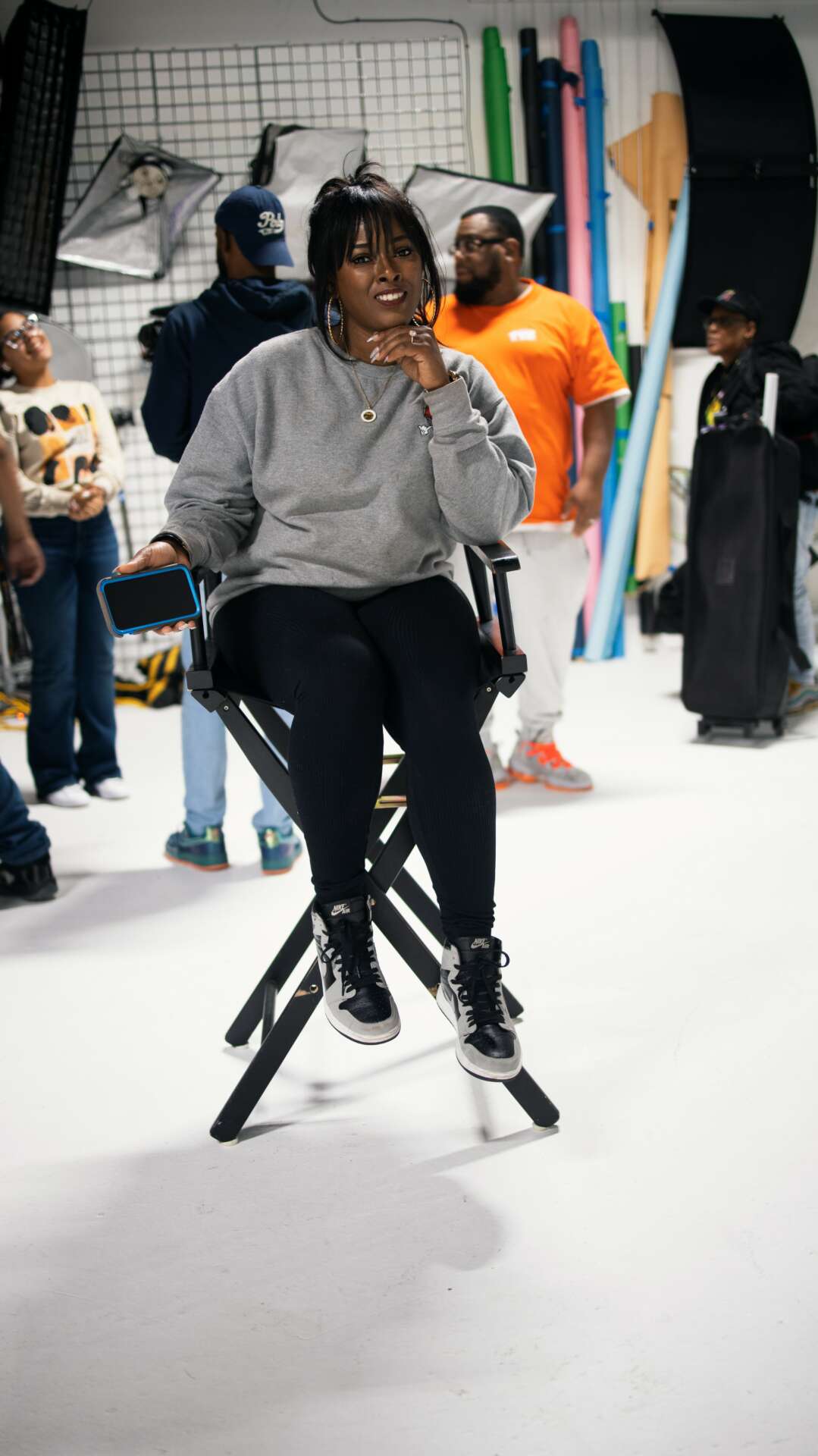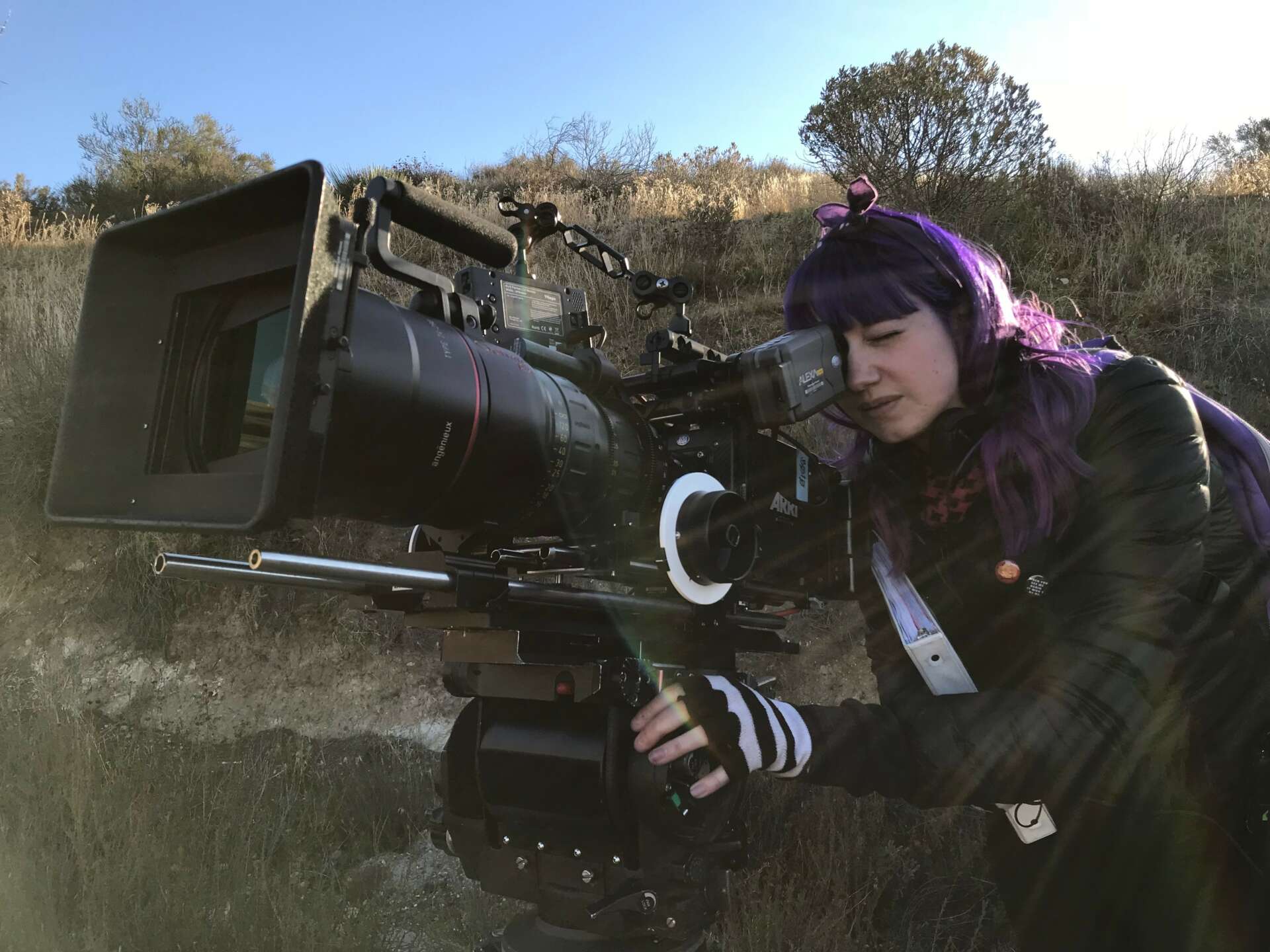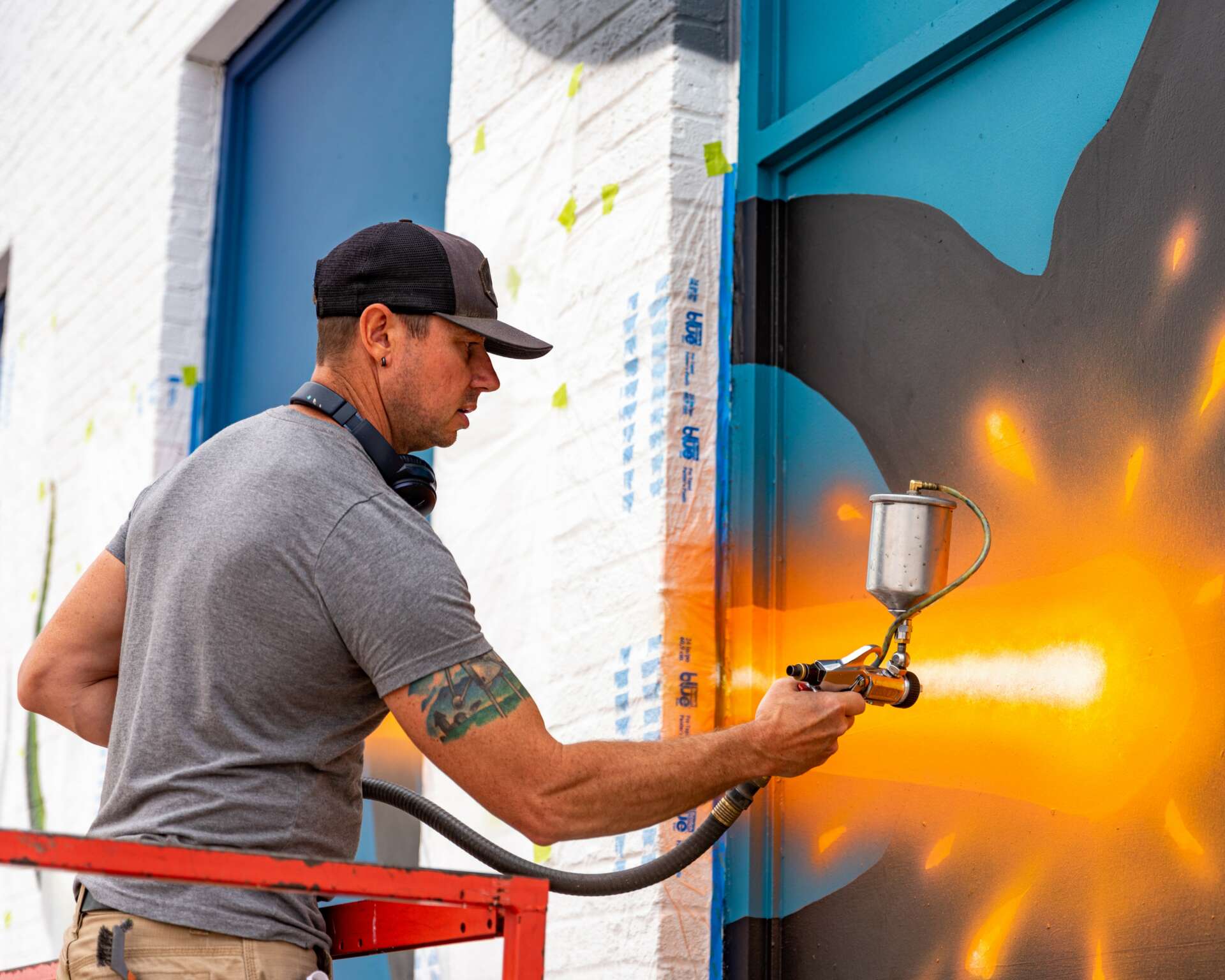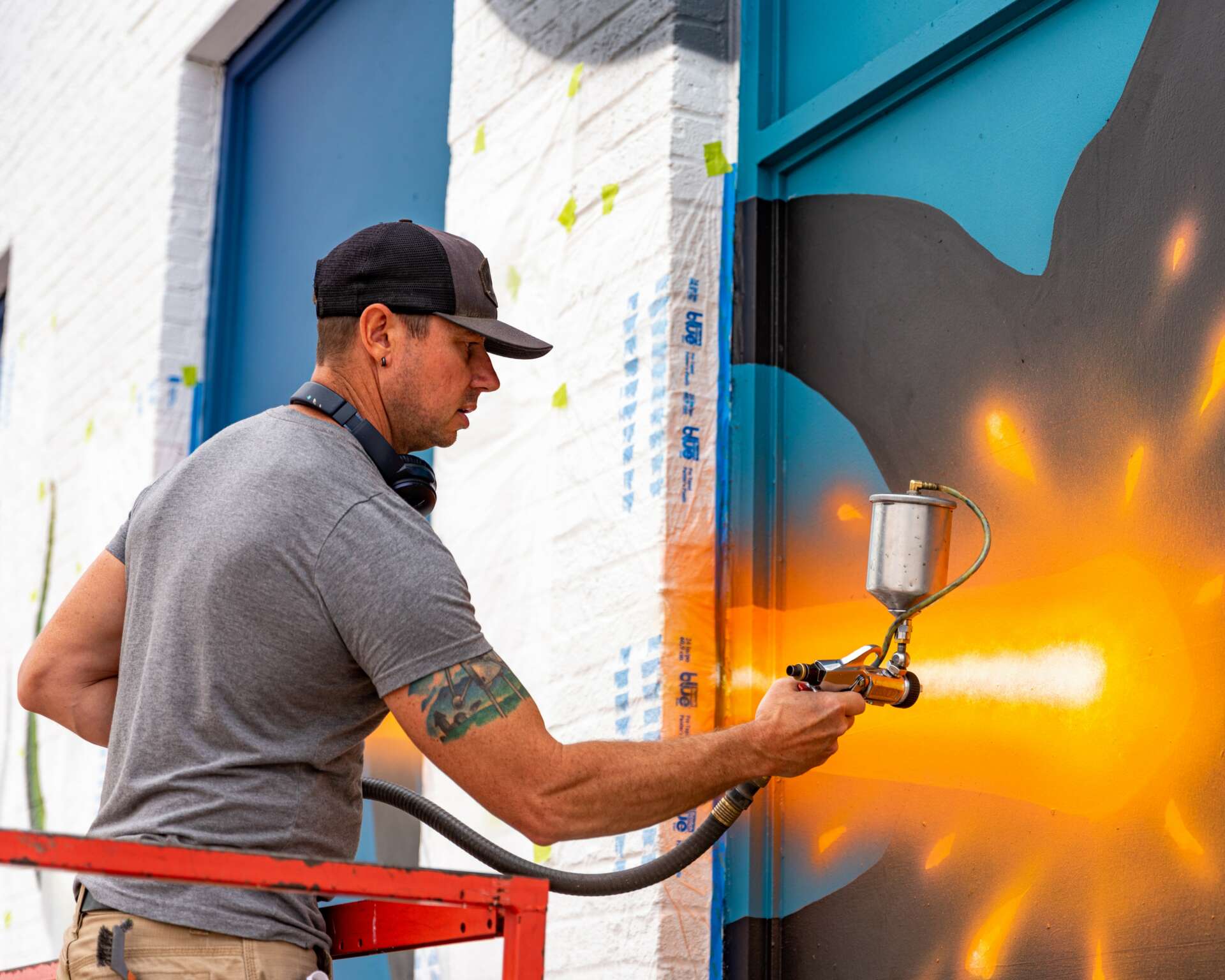We think the world needs more artists, more creatives and more folks unwilling to spend their days as a cog in a giant corporate machine. We don’t necessarily dislike cogs or machines but we think the world clearly needs more artists and creatives and so we wanted to try to figure out how more artists can make it work financially since this is one of the major obstacles blocking so many artists and creatives from pursuing their art full time. So, we asked folks who have been able to make a full time living through their creative work, how they did it.
Bex

This is every creative person’s dream. To be able to do what you love and have it be your job. The truth however is: it’s hard. Really hard. Some people are lucky and get signed or get a gig that pays really well right away. I’m not one of them. Most people are not one of them. I had to and still have to, to a certain degree, take every little job that comes along. Even if the opportunity wasn’t exactly what I wanted or felt like it would get me where I wanted to go. Being self employed is difficult. I’ve had months where I made a lot of money and months where I made almost nothing. There’s no regular income and therefor you never know what your next month really looks like. Sometimes it looks great and suddenly all the opportunities fall through. Sometimes it’s the other way around. I prefer the latter ;) Read more>>
Carmen Callahan

I am very lucky to be able to be working in the arts full time. It’s tough because appreciation for your work is low, and as a freelancer there is always an ebb and flow of available projects that are a good fit for what you bring to the table with certain times of the year being heavier or lighter, etc. The best way to make it happen is to just network with everyone you meet and always bring a positive attitude – I’ve truly booked so many gigs just by being in the right place at the right time or knowing someone who helped facilitate and introduction. You never know where people will end up or who will bring you your next opportunity, so always be kind! Read more>>
Peggy Lohr

I had a dream of being a professional singer from the time I was 6 years old and sang for my first audience! I loved singing so much that I always felt that absolutely nothing could stop me from pursuing that path. I gained experience along the way in high school and college choirs and met musicians. As college was ending for me, I began to get hired for gigs through these musicians I’d met. After that, I learned how to pursue and book my own gigs with my own band. Because I learned to do so many different kinds of music and because I never met a stranger…and because of my tenacity… I have been able to work as a singer for 50 years now. Read more>>
Cathleen Abalos

I work as an illustrator and visual development artist. I have worked on projects ranging from children’s books and party games to trading cards and animation. When I’m not working on various projects, I’m building my art brand, selling my artwork at comic and anime conventions as well as selling online through my website. Read more>>
Andrea Vicunia

When deciding to be an artist the idea of full time income seems impossible. When I started, I always felt that I had to have a second or safe side job to sustain myself. It’s been a process of trying different jobs and also having more confidence in my art. The position I am in now is the one I dreamed about years ago. I have flexibility to travel, to audition and to create. Some important steps I took were: 1. Know my worth/ my art’s worth: when you’re an actor or comedian people will offer you payment in many odd ways: exposition, food, drinks, collaborations, etc. and asking for actual compensation can be scary. I recall making a decision to not take any unpaid jobs and eventually becoming a paid working actor. With comedy, I realized outside LA many shows will give you more time and pay you, so I started pitching myself and using LA shows for content creation. Read more>>
Torrence Brannon-Reese

My creative work includes my role as MSW, Founder & CEO of the Foundation for Arts, Mentoring, Leadership & Innovation, aka, FAMLI, Inc. Under FAMLI, I have created several projects, programs, activities, events, and services that at once enhance opportunities for youth and community members,, and allow me to express myself as a creative, caring, concerned and actively involved/engaged human being. The fact that I now earn a living from my creative projects, is informed by the fact that each and everything I do, is representative of what I was born to do; teaching, leading, reading, writing, singing, playing the guitar, organizing, engaging as a politically aware advocate, youth mentor and facilitator, who created and offers my own curriculum model’ not one designed by others. Read more>>
Director Coco Love

Filmmaking is my full time job. I don’t do anything else. In fact, I don’t really have much time for anything else. Of course I make time for family, those daughters of mine but filmmaking is what I live for. I honestly couldn’t imagine doing anything else. It’s crazy because I dove into this head first almost instantly. I knew from the beginning that I was going to make this my full time job. So yes, it was definitely from day one. I probably would have way more money if I knew how to budget back then. I have always been an entrepreneur for as long as I could remember. I was always coming up with crazy ideas to get paid. In the beginning I was making far less money but I would always put me some “rainy day” money aside. I learned that from my momma. Read more>>
Kyle Thomas

I am grateful every day that I get to do the work that I do, at the level that I do, in the media. It truly is such a blessing, but it is also tremendously hard work. For many years I have been working nearly 7-days a week, 12+ hour days. I have found that when you are living your “passion,” work and passion unite intensely so it is easy to get sucked up into it and do it all of the time. One of the ways I try to break it up (because I work in television, mainstream media, publishing, live events, produce original content for my followers and Patreon community, as well as do live readings) is to try to keep a very thorough list of the priorities that I need to tackle and then knock them off my list. Read more>>
Chelsea Stardust

I moved to Los Angeles right after graduating college and I immediately started working as an assistant. I was an executive assistant for 10 years to various producers and directors before I had the chance to make my first feature film. It was on New Years Eve in 2018 that I realized that had been the very first year where I was *just* a director. It hadn’t really dawned on me before then because I had been so busy directing TWO feature films…clearly I was making up for lost time! Read more>>
Jiyeon Lee

It feels incredibly joyful and gratifying to be able to earn a living through something I love. Achieving this has required a lot of time and effort, and there’s still much to improve and develop in the future. However, I’m determined to move forward with gratitude for each day and continue to progress. Read more>>
Jason Jones

I worked on my art part-time from 2000 to 2002. Since 2002, I’ve been a full-time artist. It’s never been easy making money from my art. Financially, it has been a bit of a roller coaster ride. There’s been lots of ups and downs over the past twenty years. The trick for me has been to live simply and save during the highs and ride out the lows. As my portfolio and reputation have slowly grown, it has gotten easier, but that has taken some time. For me, there’s been lots of little wins that have gradually added up to being successful. Unless one gets lucky, I don’t think there’s a shortcut to building an art career. You just have to be patient and put in the time and effort. Read more>>
Laura-Lynn Petrick

I’ve been super lucky to make a living doing what I love! I’m a freelancer, so it has it’s ups and downs. The ups are sometimes life-changing and super exciting. The downs I try to use as periods for inspiration and growth in my trade. I find it takes quite a bit of bravery, persistence and commitment – you have to leave your comfort zone at times to get where you want to go. I took a leap of faith at one point when I was getting really busy with creative work – and decided to do it full time. I’m relatively immersed in a wonderful creative community – which generates a lot of visual work for me. This creative community has helped foster my career and encouraged me to continue doing what I love. Read more>>
Nathan Vincent

Dyeing has been my Plan B career goal behind being a Textile Designer (Plan A). That’s why I took extra classes to get closer preparing for becoming a textile designer. Otherwise, I would attempt being a garment dyer (I had worked as an intern as a dyer at L.A. Dye & Print). Read more>>
Diane Christiansen
When I was 12 years old I decided to become an actress. When I turned 13, I decided to be a professional dancer as well. I made a formal announcement (a public declaration) to my family one day at Sunday dinner. No one stopped eating except my Dad who offered “Get your head out of the clouds and eat your dinner!” I guessed at that point there would be no support for my decision and I would have to find resources to support me. So I did. I knew then that I was here to perform for a living and from that point on everything I did was to secure employment as a dancer or an actress. Read more>>
David Valerio

My journey has been a testament to the intricate interplay between sales, IT support, and customer experience, which I grasped early in my career. It all commenced at InMusic, a prominent music tech company, renowned for owning Akai Professional, the iconic creator of the MPC. My tenure at InMusic laid the foundation for my career in technical support and customer care. This experience afforded me invaluable insights into the inner workings of music technology, providing a solid foundation within the industry. Read more>>
Gavin Holmes

I was fortunate to finally find my passion using digital tools in my last couple of years at Georgia Tech. I had started as an industrial design student and at the time we were using traditional drafting tools and making physical models in the basement shop. Don’t get me wrong. There is something to the physicality of that process, but once I understood what 3d animation was all about, I chucked the bondo and foamcore in the dumpster. The cost of buying a computer and the software was only attainable because I was able to get a great student discount at the campus store. Read more>>


